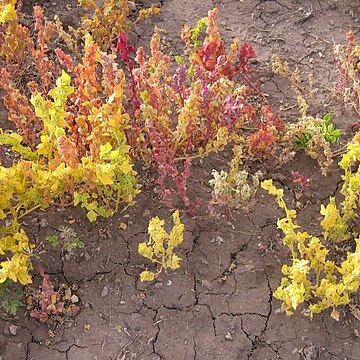A common weed of cultivated ground, especially on rich soils, it grows in areas where frosts can occur in 9 months of the year, including during the growing season.
A common weed of cultivated ground, especially on rich soils, it grows in areas where frosts can occur in 9 months of the year, including during the growing season.

